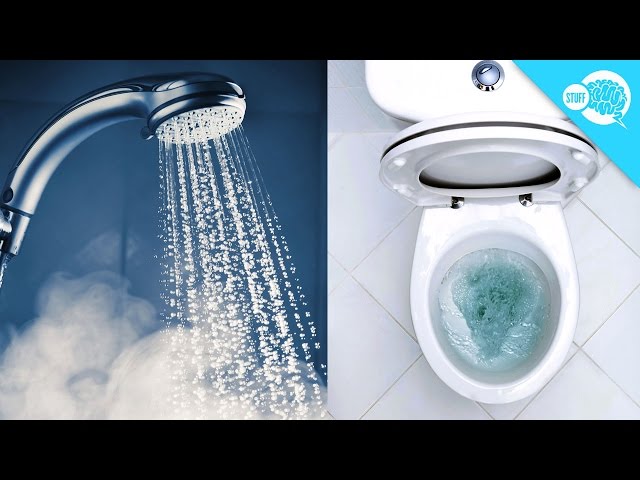Flushing the toilet while taking a shower can lead to various unexpected effects. This seemingly simple action can disrupt water pressure, temperature, and even cause plumbing issues if done repeatedly. In this article, we’ll explore what happens when you flush the toilet while showering and why it’s essential to be mindful of your water usage.
1. Water Pressure Drops
One of the most common effects of flushing the toilet while showering is a sudden drop in water pressure. The reason for this is simple: both the toilet and the shower rely on the same water supply. When you flush the toilet, water is diverted to fill the tank, which reduces the flow of water to the shower. As a result, you might experience a weaker shower stream, which can make it harder to rinse off effectively.
2. Water Temperature Fluctuations
Another consequence of flushing the toilet while showering is an unexpected change in water temperature. The water supply to your shower is typically split between hot and cold water lines. When you flush the toilet, the cold water line is often affected, causing the balance of hot and cold water in the shower to shift. This can lead to brief moments of very hot or very cold water, which can be uncomfortable or even dangerous.
Too Hot: If the cold water supply to the shower is diverted to the toilet, the hot water will dominate, making the shower dangerously hot.
Too Cold: Conversely, if the hot water supply is reduced while the cold water flow remains constant, your shower may become icy cold.
3. Potential Plumbing Issues
While the occasional toilet flush during a shower might not cause any significant issues, doing it frequently could eventually lead to plumbing problems. Plumbing systems are designed to handle a certain amount of water flow, and excessive demand—such as flushing while showering regularly—can strain the system. Over time, this strain could lead to clogs, leaks, or even damage to the water lines.
4. Impact on Water Heater Efficiency
For households with a water heater, flushing the toilet during a shower can also reduce the efficiency of the hot water supply. Water heaters work by storing and heating a set amount of water, which is then distributed throughout the house. If the toilet is flushed while the shower is running, there may not be enough hot water for both, causing the water heater to work harder and potentially depleting your hot water faster.
5. Energy and Water Waste
In addition to the immediate effects, flushing the toilet while showering can contribute to wasted water and energy. Water is a valuable resource, and unnecessary flushing while showering leads to a higher consumption of both water and energy, increasing utility bills over time. Being mindful of water usage can help conserve resources and reduce costs.
6. How to Avoid Problems
To avoid the negative effects of flushing the toilet during a shower, it’s essential to adopt a few simple practices:
Time your toilet flushes: Try to avoid flushing the toilet while you’re in the shower to maintain consistent water pressure and temperature.
Upgrade plumbing: If you consistently experience issues, you might want to consider upgrading your plumbing or installing a pressure-balancing valve that regulates the water flow to your shower and toilet.
Install a water-saving toilet: Modern, low-flow toilets use less water, which may help reduce the strain on your plumbing when flushed while showering.
Conclusion
Flushing the toilet while showering may seem like a harmless action, but it can have several unintended consequences. From drops in water pressure and temperature fluctuations to potential plumbing problems, it’s important to be aware of how your water usage impacts your shower experience. By timing your toilet flushes and making smart upgrades to your plumbing, you can ensure a more pleasant and efficient shower experience.

